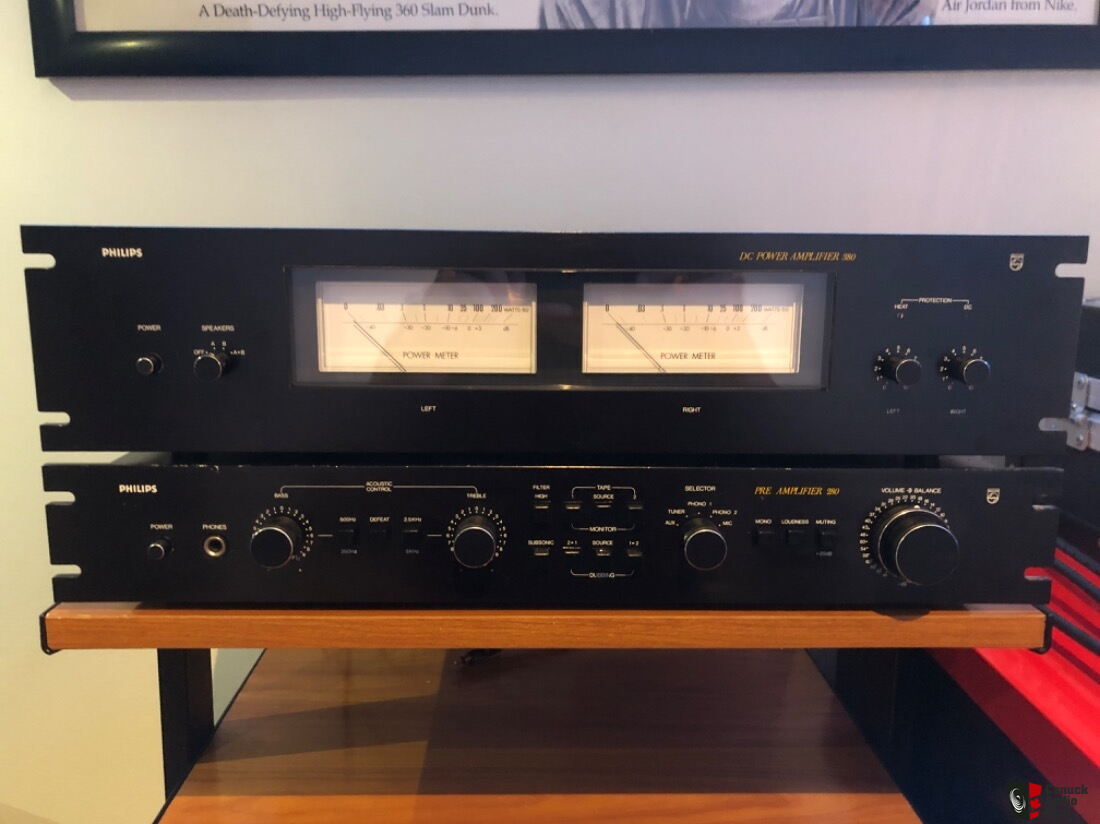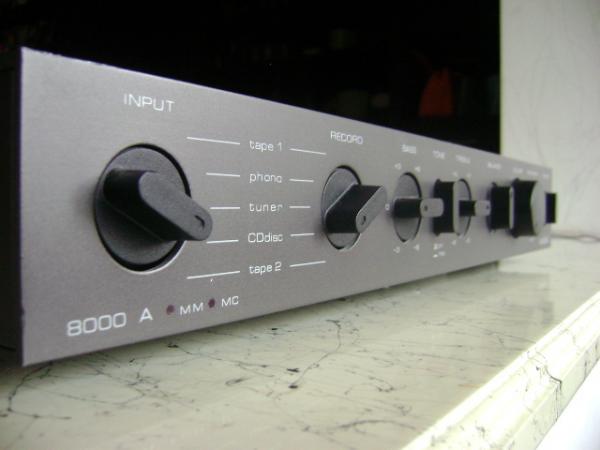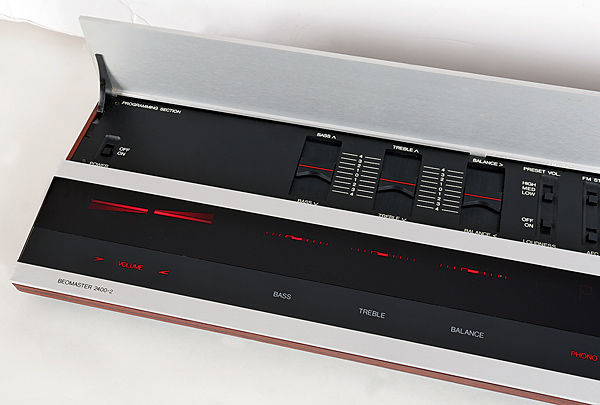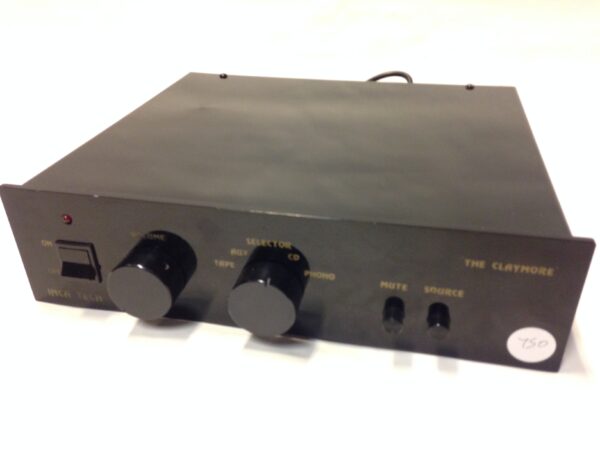We’ve all heard about how fantastic the Leak Stereo 20 is. It was a superbly designed ‘do-it-all’ stereo valve power amplifier with enough power to drive most loudspeakers of the time when it was introduced in 1958. It was a development of the original mono TL12 Point One, using the same fundamental circuit as Harold Leak’s ‘Point One.’ The latter evolved into the TL12+, which uses EL84s and claims to deliver 12 watts. The EL84-powered Stereo 20 and the EL34-aspirated Stereo 50 were the next two double channel amplifiers. Then there was the Stereo 60, Leak’s most punchy stereo tube amp ever – so why is it so underappreciated?
The Stereo 20 is quite powerful and dependable, which is why it’s become such a favorite of the traditional tube amp community, but the Stereo 60 is more difficult to use and is widely considered as sounding inferior. On the plus side, it’s fairly uncommon and a bit of a curio – and with a little TLC, it can be modified to make a lot nicer sounds. Although its circuitry is similar to that of the Stereo 20, it has an input attenuator control that can be usefully bypassed. It uses type 8615 output transformers with 25% screen taps, as opposed to type 3925 transformers with 50% screen taps on the Stereo 50 predecessor. The power supply is choke-regulated, and the tube complement consists of a single 12AX7 cathode gain stage and a long-tailed pair for phase splitting and gain. The four EL 34 operate in a push/pull configuration to produce a maximum of 35W each side, or 25W with a claimed 0.1 percent distortion. As an alternative, Leak suggested that the KT66 might be used, and that K5881s may also be used.
Because any Stereo 60 is now more than sixty years old, many of them will have been updated. This should have been done lightly, with high-quality paper-in-oil capacitors replacing the old ones. When properly fettled, this old amplifier can provide a really beautiful sound – while not quite as zippy as the Stereo 20, it’s still smooth, open, and three-dimensional, with a typical valve ‘louche’ quality that makes listening enjoyable. Although the bass isn’t the tightest, it reproduces instrumental timbre well and has a wonderful, sweet treble. Even yet, there’s enough of power here – notably for an amp from this era – and the overall effect is quite pleasant.
Because they’re uncommon, expect the pricing to reflect this. You may expect to pay anywhere from £500 for a fixer-upper to £1,500 for a great, original example. With a full service and/or refurbishment from a Leak specialist like Classique Sounds for under £250, you’ll have a magnificent classic valve powerhouse – and something a little different, too.








